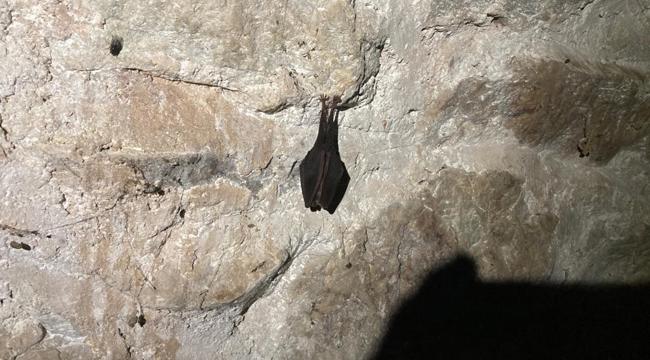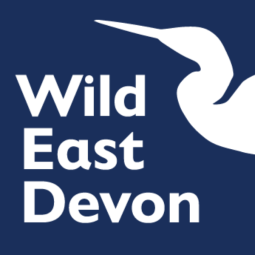Wild East Devon Nature Reserves are Brimming with Bats!

Seaton Wetlands, Holyford Woods, and Knapp Copse were all surveyed, and after accumulating over 13,000 (!) recordings, species identification was confirmed using a mixture of the BTO’s Acoustic Pipeline Ultrasonic Classifier and manual checking of the calls on specialist software.
Included in the species list are some of the rarest bats in the UK: Greater and Lesser Horseshoe, Barbastelle, Bechstein’s, and Grey-Long Eared. The surveys also revealed a high amount of activity from Barbastelles within an hour of sunset in Holyford Woods, data that suggests this species is roosting within the reserve.
These are exciting results, not just because bats are fascinating creatures that have unfortunately suffered huge population decline over the last century, but also because their presence is an excellent indicator of good quality habitat.
By choosing to leave standing dead wood, allowing our hedgerows to mature, improving the diversity of our wildflower meadows, and implementing appropriate and sensitive grazing regimes, the Wild East Devon team is providing excellent foraging habitat for bats across the district, just one more example of where our work is bucking the trend and showing that nature recovery is possible!
